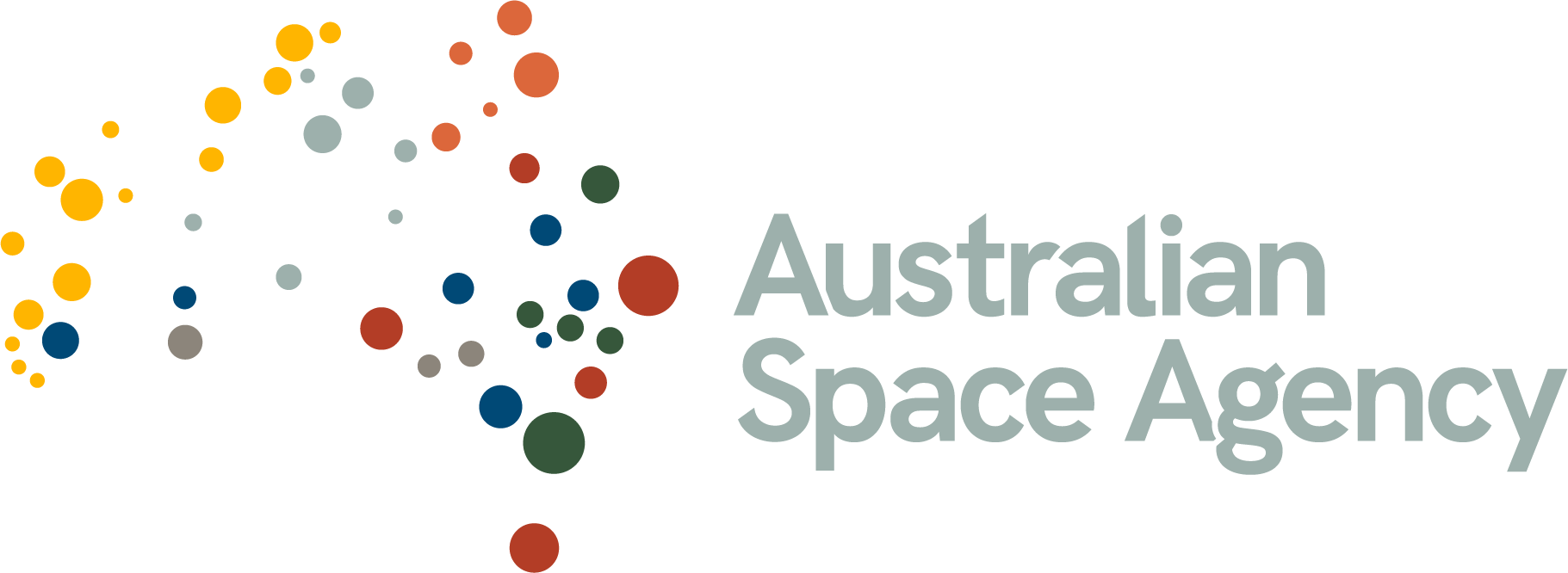Search Results
This agreement will reinforce our shared commitment to advancing space science, technology, and innovation between our countries.
On 27 September 2018, the Australian Space Agency and Airbus signed a statement of intent confirming the European manufacturer’s commitment towards enhancing the capability and competitiveness of the country’s space sector.
On 29 January 2019, the Australian Space Agency and Lockheed Martin Australia (LMA) signed a statement of intent which highlights LMA’s commitment to investment in space systems and services, technological capabilities, and STEM education initiatives.
This agreement will facilitate closer international partnerships in the space industry sectors.
On 4 October 2018, the Australian Space Agency and Sitael Australia signed a Statement of Strategic Intent which confirms Sitael’s commitment to enhance the capability and competitiveness of the Australian Space sector.
On 6 December 2018, the Australian Space Agency and Nova Systems Australia signed a statement of intent which confirmed Nova Systems commitment to enhancing the capability and competitiveness of the Australian space sector.
On 25 February 2019, the Australian Space Agency and Goonhilly Earth Station Ltd signed a statement of intent to collaborate and create new opportunities in the space economy in Australia, the UK and beyond.
This agreement would help establish a framework for cooperation between the two nations relating to the exploration, use and application of space for peaceful purposes.
This agreement will provide a framework for collaborative activities and the exchange of information, technology and personnel between both nations.
On 21 September 2019, the Australian Space Agency signed a joint Statement of Intent with NASA, launching a new partnership on future space cooperation, including NASA’s Artemis lunar program.
This agreement outlines key industry and infrastructure opportunities that will bring massive benefits to the state and national space economies.
The 2016 State of Space report summarises the civilian space-related activities of the members of the Space Coordination Committee (SCC), which comprises agencies across the Australian Government with an involvement in civilian space activities.
The 2020 State of space report documents the Australian Government’s civil space responsibilities and activities from 1 July 2019 to 30 June 2020, including the Australian Space Agency entering the second phase of the Australian Civil Space Strategy.
This agreement draws on the support of Tasmania’s space capabilities including space medicine, ground stations and tracking facilities.
The Economic snapshot presents the size and growth of the Australian space sector from 2016– 17 to 2018– 19.
The Flight Safety Code will help you identify and reduce risks when conducting certain space activities.
This agreement establishes a framework of cooperation in the development of space-related industries to boost the growth of the national space sector.
This agreement outlines the key areas of collaboration that can support businesses and academia.
On 18 August 2021, the two organisations signed a Statement of Strategic Intent and Cooperation.
This Memorandum of Understanding will help both nations to explore cooperative projects related to space policy, law and regulation, space weather, space education and health care.
